News & Views, Volume 44 | Real-Time Damage Tracking with SI Technology and GP Strategies’ EtaPro
By: Matt Freeman
Expanding Capabilities in Condition-based Pressure-part Integrity Management
Structural Integrity and GP Strategies recently announced an agreement to bring SI’s technology for calculating, tracking, and trending life consumption of piping and boiler components to GP Strategies EtaPRO real-time monitoring platform (Press release here). SI has a long history with creep and fatigue damage monitoring applications, most recently with the suite of applications available as part of SI’s PlantTrack platform. The partnership with GP Strategies brings that technology to EtaPRO, which is used worldwide by power-generating organizations to monitor the performance and reliability of their generation assets.
EtaPRO users will benefit from easy integration of SI’s leading-edge Boiler and Piping Component Reliability (BPCR) modules to quantify damage to high-pressure, high-temperature components such as tubing, piping, headers, and desuperheaters. The BPCR modules track and trend accumulated creep and fatigue damage in real time using SI’s proprietary algorithms that combine actual operating data and material condition with a plant’s specific configuration. Plant operators can use the resulting life consumption estimates to guide asset management decisions, such as changes in operating procedures, targeted inspections, or off-line analysis of anomalous conditions.


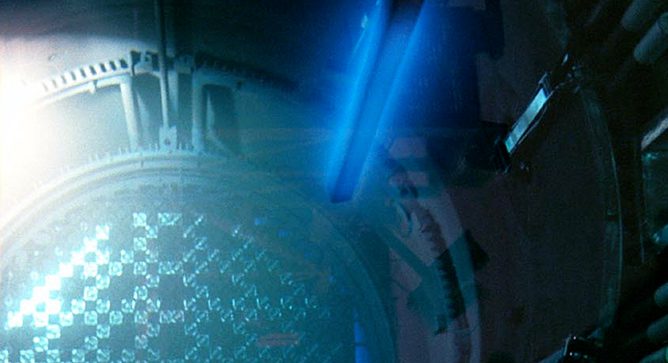 Nuclear plant workers accrue most of their radiation exposure during refueling outages, when many plant systems are opened for corrective and preventive maintenance. The total refueling outage radiation exposure can be 100-200 person-Rem at a typical Boiling Water Reactor (BWR), and 30-100 person-Rem at a typical Pressurized Water Reactor (PWR). Accrued refueling outage radiation exposure values can be significantly greater than these values depending upon radiation fields, outage work scope, and emergent work. Outage radiation exposure is one metric used by a plant to determine outage success and by industry regulators in assessing the overall performance of a plant. Plants with high personnel radiation exposure tend to be those plants with more equipment problems and more unscheduled shutdowns; consequently, they may be subjected to increased regulatory oversight.
Nuclear plant workers accrue most of their radiation exposure during refueling outages, when many plant systems are opened for corrective and preventive maintenance. The total refueling outage radiation exposure can be 100-200 person-Rem at a typical Boiling Water Reactor (BWR), and 30-100 person-Rem at a typical Pressurized Water Reactor (PWR). Accrued refueling outage radiation exposure values can be significantly greater than these values depending upon radiation fields, outage work scope, and emergent work. Outage radiation exposure is one metric used by a plant to determine outage success and by industry regulators in assessing the overall performance of a plant. Plants with high personnel radiation exposure tend to be those plants with more equipment problems and more unscheduled shutdowns; consequently, they may be subjected to increased regulatory oversight. 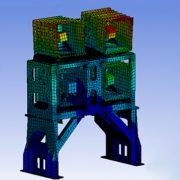
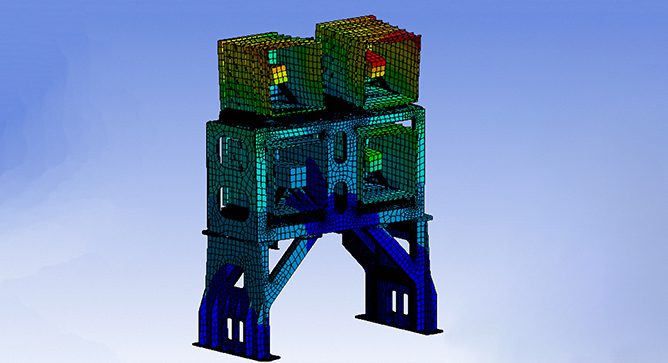 Things change, that’s just a fact of life. But when it comes to engineering codes and standards, change can be confusing, frustrating and expensive. As it relates to seismic design and certification of equipment, it is beneficial to understand the impact of code changes early to begin incorporating requirements in new equipment design, product updates and in the certification process.
Things change, that’s just a fact of life. But when it comes to engineering codes and standards, change can be confusing, frustrating and expensive. As it relates to seismic design and certification of equipment, it is beneficial to understand the impact of code changes early to begin incorporating requirements in new equipment design, product updates and in the certification process.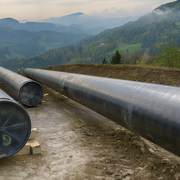
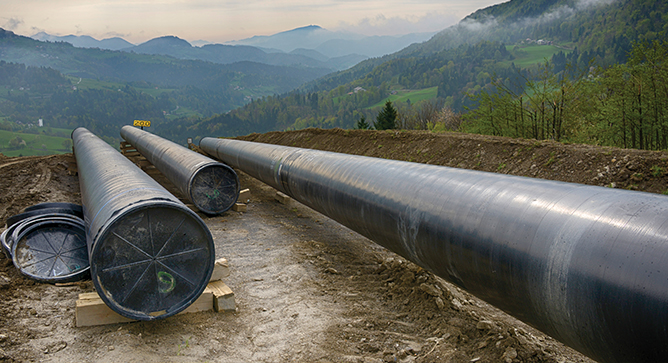 Structural Integrity
Structural Integrity 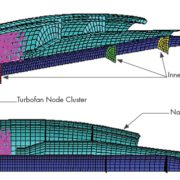
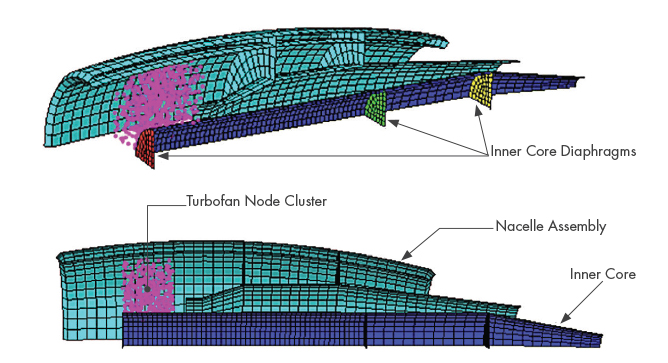
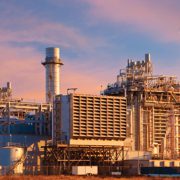
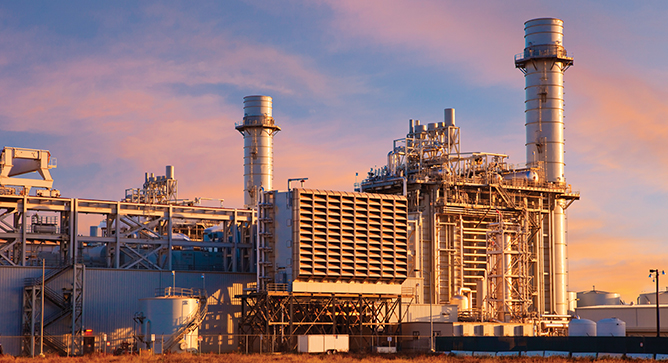 Attemperators (aka desuperheaters) are used in fossil and combined cycle plants to protect boiler/HRSG components and steam turbines from temperature transients that occur during startup or load changes. The attemperator sprays water droplets into the superheated steam to ensure that the downstream, mixed, steam temperature will not adversely affect downstream components.
Attemperators (aka desuperheaters) are used in fossil and combined cycle plants to protect boiler/HRSG components and steam turbines from temperature transients that occur during startup or load changes. The attemperator sprays water droplets into the superheated steam to ensure that the downstream, mixed, steam temperature will not adversely affect downstream components.
 With the increase of renewable energy into the power generation market, aggressive state renewable targets, and recently renewed production tax credit (PTC), wind power generation demand is positioned to increase significantly. This is good news not only for new wind projects but also for existing wind power infrastructure.
With the increase of renewable energy into the power generation market, aggressive state renewable targets, and recently renewed production tax credit (PTC), wind power generation demand is positioned to increase significantly. This is good news not only for new wind projects but also for existing wind power infrastructure. 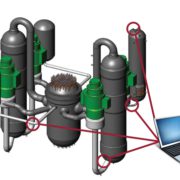
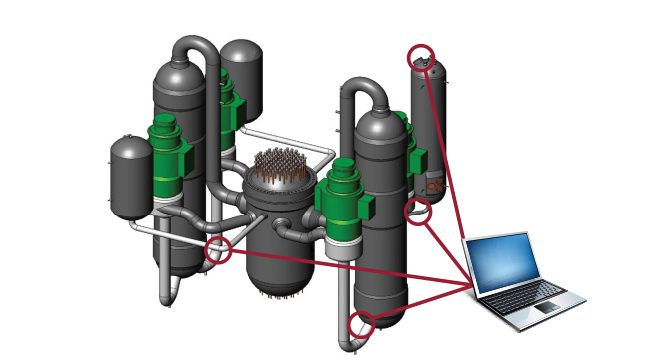 Subsequent License Renewal (SLR) will require a shift in the approach for managing plant components for thermal fatigue.
Subsequent License Renewal (SLR) will require a shift in the approach for managing plant components for thermal fatigue.
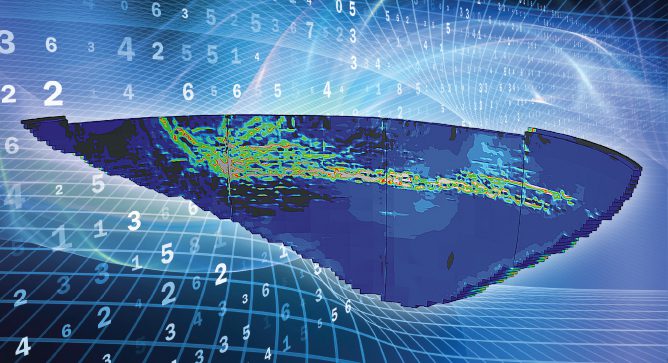 The sophistication of structural analysis has evolved side-by-side with computing and graphics technology.
The sophistication of structural analysis has evolved side-by-side with computing and graphics technology.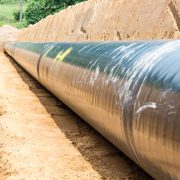
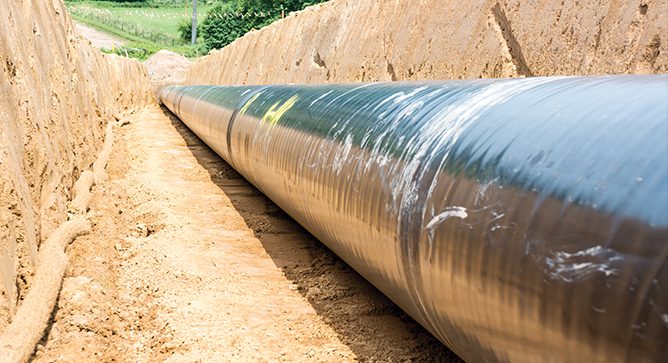 In January 2012, the Pipeline Safety, Regulatory Certainty, and Job Creation Act of 2011 was signed into law directing PHMSA to take steps to further assure the safety of pipeline infrastructure.
In January 2012, the Pipeline Safety, Regulatory Certainty, and Job Creation Act of 2011 was signed into law directing PHMSA to take steps to further assure the safety of pipeline infrastructure.